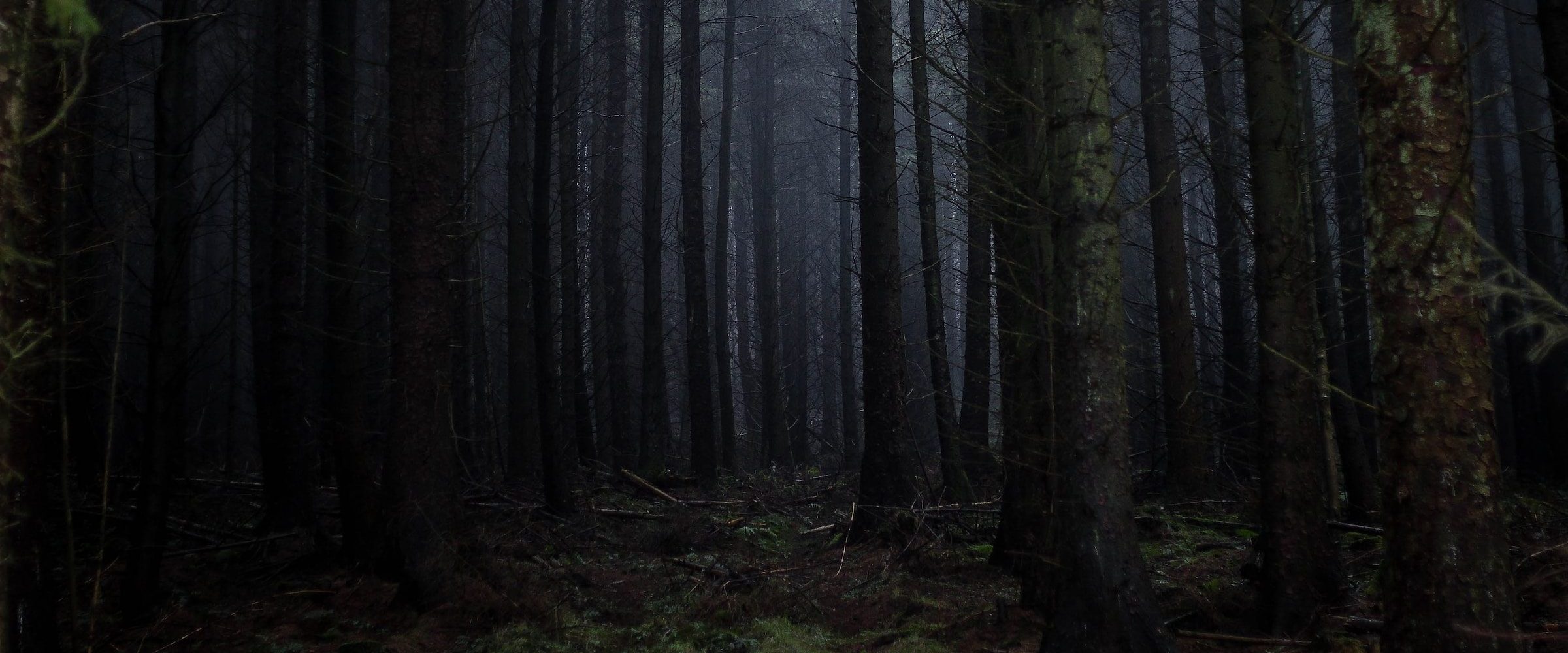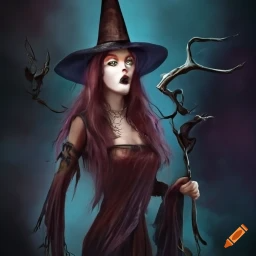Throughout history, from ancient civilizations to modern popular culture, vampires have been a consistent and intriguing subject of fascination and fear. These mythical creatures, often depicted as immortal beings who feed on the blood of the living, have permeated our collective consciousness. In this extensive exploration, we will delve into the origins, cultural significance, and evolving representations of vampires, and how they have become iconic figures in folklore, literature, film, and other forms of media.
The Origins of Vampires:
Vampires, as we know them today, have a rich and complex history, with roots in various cultures and legends. Here are some of the key historical and cultural elements that contributed to the development of vampire myths:
- Ancient Mesopotamia: The earliest vampire-like entities can be traced back to ancient Mesopotamia. The concept of malevolent spirits or demons that preyed on the living can be found in Sumerian and Akkadian mythology.
- Ancient Egypt: Egyptian mythology included the figure of Sekhmet, a lion-headed goddess associated with blood and destruction. While not a vampire in the modern sense, she had elements that influenced later vampire lore.
- Ancient Greece and Rome: In these cultures, there were stories of creatures like the lamia and striges, which were often depicted as female entities that drank the blood of infants and young men.
- Medieval Europe: Vampire legends began to take shape in Eastern Europe during the Middle Ages. The fear of the dead returning to harm the living was prevalent, leading to practices like staking corpses to prevent them from rising.
- Slavic Folklore: Slavic folklore played a significant role in shaping vampire legends. In Eastern European countries such as Serbia and Bulgaria, the belief in creatures known as “nosferatu” or “strigoi” was strong. These creatures were often believed to be reanimated corpses with a thirst for blood.
- The Spread of Vampire Legends: Vampire myths spread throughout Europe, with various regions adopting their own interpretations of these creatures. They often shared common characteristics such as immortality, nocturnal activity, and the need to drink the blood of the living to sustain themselves.
- The Role of Plague and Disease: During outbreaks of diseases like the bubonic plague, the decomposition of bodies and the fear of the deceased returning as vampires contributed to the prevalence of vampire legends.
- The Vampire Hysteria: In the 18th century, vampire hysteria gripped parts of Eastern Europe, leading to exhumations, mutilation of corpses, and the staking of suspected vampires. These events had a profound impact on the development of vampire lore.
Vampires in Literature:
The written word has played a pivotal role in shaping the modern concept of vampires. Some key literary works and authors that have contributed to the vampire mythos include:
- John Polidori – “The Vampyre” (1819): This short story is often credited with introducing the concept of the aristocratic, charming vampire, which later became a hallmark of vampire fiction.
- Sheridan Le Fanu – “Carmilla” (1872): “Carmilla” is one of the earliest works of vampire fiction to explore the idea of a female vampire preying on a young woman.
- Bram Stoker – “Dracula” (1897): Perhaps the most famous vampire novel of all time, “Dracula” introduced Count Dracula, the archetypal vampire, to the world. Stoker’s novel has been adapted into countless films, plays, and other media.
- Anne Rice – “The Vampire Chronicles” (1976-2003): Rice’s series of novels, beginning with “Interview with the Vampire,” revitalized interest in vampire literature and portrayed vampires as complex, introspective characters.
- Stephenie Meyer – “Twilight” (2005): Meyer’s series catapulted vampires into the mainstream of young adult literature, offering a more romantic take on vampire-human relationships.
These literary works have not only contributed to the development of vampire mythology but have also shaped popular perceptions of these creatures in diverse and often contrasting ways.
Vampires in Folklore:
Beyond written literature, vampire myths continue to thrive in folklore from different regions of the world. Here are a few notable examples:
- The Chupacabra (Latin America): While not a traditional vampire in the European sense, the chupacabra is a blood-sucking creature that has terrified Latin American communities. It is often described as reptilian or alien in appearance.
- Penanggalan (Malaysia): The penanggalan is a female vampire believed to detach her head from her body at night and fly around to seek blood. Her head and entrails are said to glow in the dark.
- Bhuta (India): In Indian folklore, the bhuta is a restless spirit that returns to drain the life force from the living. Rituals and offerings are often made to appease these spirits.
- Peuchen (Chile): The peuchen is a serpent-like creature that can shape-shift into various forms, including that of a blood-sucking bird. It is believed to be controlled by a sorcerer.
These diverse vampire legends from around the world illustrate the universality of the fear of supernatural entities that feed on the life force or blood of the living.
Vampires in Popular Culture:
The portrayal of vampires in popular culture has evolved significantly, reflecting changing societal norms and interests. Here are some key developments in the representation of vampires:
- Classic Horror Films: Early vampire films, such as F.W. Murnau’s “Nosferatu” (1922) and Tod Browning’s “Dracula” (1931), established the vampire as a figure of horror and dread.
- Hammer Horror Films: British production company Hammer Film Productions created a series of vampire films in the late 1950s and 1960s, popularizing the use of vivid color and overt sexuality in vampire depictions.
- Modern Horror and Gothic Romance: Contemporary vampire fiction, including works like “The Lost Boys” (1987) and “Interview with the Vampire” (1994), blended horror and romance, transforming vampires into complex, morally ambiguous characters.
- Anne Rice’s “The Vampire Chronicles”: Rice’s series, which began with “Interview with the Vampire,” brought a new level of introspection and sensuality to vampire literature.
- Contemporary Young Adult Fiction: The “Twilight” series by Stephenie Meyer and other young adult books and films have shifted the vampire narrative to a focus on romance, emotion, and identity.
- Vampires in Television: Series like “Buffy the Vampire Slayer” (1997-2003) and “True Blood” (2008-2014) have explored the diverse aspects of vampire life, from the supernatural to the social.
- Comedy and Parody: Films like “What We Do in the Shadows” (2014) and the “Hotel Transylvania” series have taken a lighthearted and comedic approach to vampire lore.
- Video Games: Vampires often appear in video games, such as the “Castlevania” series and “The Elder Scrolls V: Skyrim,” where they can serve as formidable foes or even playable characters.
These representations have led to a broad and multifaceted understanding of vampires in modern culture, encompassing both the dark and mysterious, as well as the romantic and seductive aspects of these creatures.
Vampire Themes and Symbolism:
Vampires serve as rich symbols in literature and popular culture, often reflecting societal fears, desires, and moral concerns. Some common themes and symbolism associated with vampires include:
- Immortality and Fear of Death: Vampires are immortal beings who challenge the human fear of mortality. Their existence raises questions about the price of eternal life.
- Sexuality and Seduction: Vampires are frequently depicted as alluring figures who use their charm and sensuality to enthrall their victims. This symbolism explores the taboo nature of desire.
- Addiction and Temptation: The act of a vampire feeding on blood can be seen as a metaphor for addiction, with the vampire as both an addict and a tempter.
- The Outsider: Vampires are often portrayed as outsiders who live on the fringes of society, reflecting the fear and fascination with those who exist beyond societal norms.
- Duality and Moral Ambiguity: Many vampire characters struggle with their dual nature, grappling with the desire for blood and the desire for humanity. This duality highlights the complexities of morality.
- Reflection of the Human Condition: Vampires can serve as a mirror for human traits and behaviors, prompting viewers and readers to consider their own desires, fears, and choices.
Vampires in Myth and Science:
While vampire myths are deeply rooted in folklore, the concept of vampirism has also found its way into scientific and medical discussions. In some cases, certain real-life medical conditions and diseases have been associated with vampire legends:
- Porphyria: Porphyria is a group of rare genetic disorders that can lead to symptoms such as sensitivity to sunlight and facial deformities. Some have suggested that the appearance and behavior of individuals with porphyria might have contributed to vampire myths.
- Renfield’s Syndrome: This is a term used to describe a rare psychiatric disorder in which individuals have a compulsion to drink blood. It is named after the character Renfield in Bram Stoker’s “Dracula.”
- Hematodipsia: Hematodipsia is a term for the rare compulsion to drink blood, often associated with medical or psychological conditions.
- Xeroderma Pigmentosum: This genetic disorder makes individuals highly sensitive to sunlight, which has sometimes led to associations with vampire lore.
These medical conditions and disorders provide potential explanations for some of the characteristics associated with vampires, such as aversion to sunlight or a craving for blood. However, they are rare and do not fully account for the complexity of vampire myths.
Vampire Hunting and Lore:
Throughout history, there have been instances of people believing in the existence of vampires and taking measures to protect themselves from these mythical creatures. Such beliefs have led to practices like exhuming and staking corpses to prevent the deceased from rising as vampires.
One of the most famous cases of vampire hunting occurred in the early 18th century in Serbia, in a region known as Vojvodina. Local legend tells of Peter Plogojowitz, a man who died and was believed to have returned as a vampire. Authorities exhumed his body, and according to historical accounts, signs of vampirism were observed. His heart was staked, and he reportedly bled fresh blood, which was interpreted as a sign that he was indeed a vampire. Such events contributed to the vampire hysteria of the time.
The Scientific Perspective:
From a scientific standpoint, vampires are considered fictional creatures. While folklore and mythology have contributed to the enduring belief in vampires, there is no credible scientific evidence to support the existence of immortal, bloodsucking beings.
However, the vampire myth endures as a reflection of human fears, desires, and the unknown. The legend of the vampire remains a powerful and versatile symbol that continues to captivate our imagination and influence various aspects of culture, from literature to film, to art and beyond.
Vampires in the Modern Era:
In the 21st century, vampires continue to be a significant part of popular culture. Some recent trends and developments in vampire-themed media and literature include:
- Diverse Representation: Authors and creators have explored more diverse and inclusive portrayals of vampires, showcasing characters from various backgrounds and identities.
- Fusion with Other Genres: Vampires have been combined with other genres, such as science fiction and fantasy, leading to fresh and innovative narratives.
- Exploration of Morality: Recent works delve deeper into the moral dilemmas faced by vampire characters, exploring the consequences of their actions and their struggle with humanity.
- Retrospectives and Reimaginings: Many classic vampire tales have been revisited, reimagined, and adapted for contemporary audiences.
- Online Communities: The internet has allowed fans of vampire lore to connect and share their passion for these mythical creatures through forums, fan fiction, and social media.
- Alternative Media: Vampires have appeared in various forms of media, from web series and graphic novels to podcasts and video games.
Conclusion:
The enduring allure of vampires, with their rich history and cultural significance, reflects the depth of human imagination and our timeless fascination with the mysterious, the unknown, and the supernatural. From ancient myths to modern portrayals, vampires continue to evolve and adapt, offering a lens through which we explore our own desires, fears, and the complex facets of the human condition. Whether they embody horror, romance, or something in between, vampires remain iconic figures in our collective imagination, transcending time and place to feed our enduring appetite for the mystical and enigmatic.





Leave a Reply